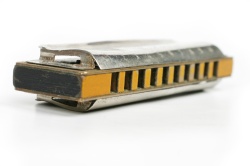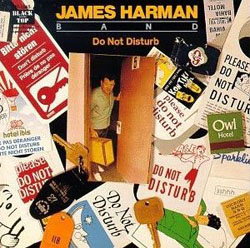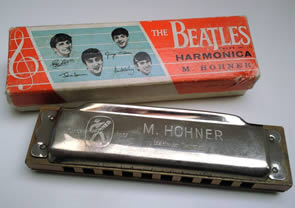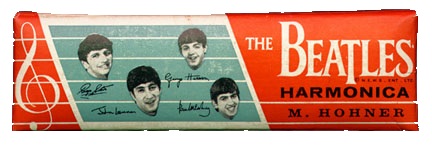Learn How (Not) To Play Harmonica
Hey Negrita’s harmonica player teaches our Apprentice a lesson about tasteful playing
Some time back I got my hands on this acoustic single, “Burn The Whole Place Down” by the British country blues band Hey Negrita, which features my friend Will “Captain Bliss” Greener on harmonica. I’ve mentioned Captain Bliss once or twice here, as his approach to harmonica has taught me a great deal – without really showing me too many riffs and licks, if you catch my meaning.
Perhaps you already see why I thought it was worth consideration. First of all, it’s just a damned catchy song. But I believe there also are (at least) two lessons to be learned in their approach to this performance, and in Will’s contribution to it.



 There are many kinds of elements in all of microphone-dom, including ribbon mics, condensers, electret, crystal and dynamic. Acoustic players may well use any of these. However, except in the recording studio, amplified players will only be concerned with dynamic and crystal elements.
There are many kinds of elements in all of microphone-dom, including ribbon mics, condensers, electret, crystal and dynamic. Acoustic players may well use any of these. However, except in the recording studio, amplified players will only be concerned with dynamic and crystal elements. The song was ‘
The song was ‘
